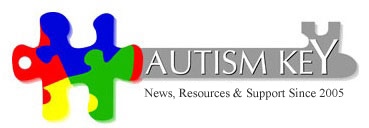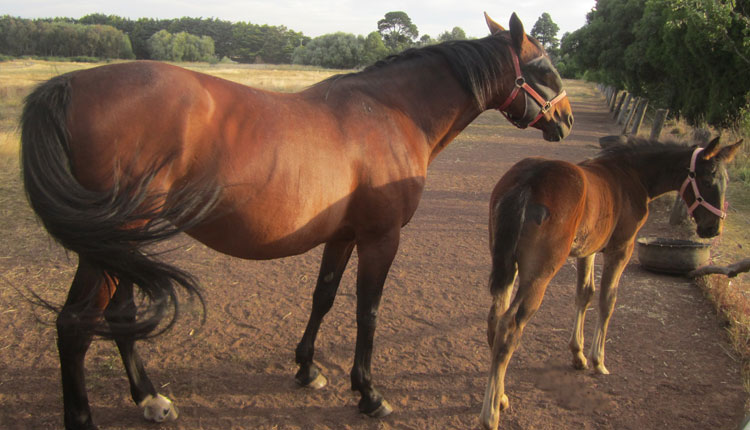Equine Therapy for Autism
Anecdotal stories pore in about the wonderful and therapeutic effects that animals have on children with autism. Reports from Thailand about children on the spectrum riding elephants leave me wishing our elephants weren’t confined to the zoo. But Hippotherapy and Therapeutic Riding are available for our children to benefit from riding a large animal — namely, the horse.
Hippotherapy, derived from the Greek word “hippo” for horse, is a physical therapy provided under a physician’s supervision as part of a comprehensive therapeutic program benefiting individuals of all ages with physical and/or developmental disabilities. Therapeutic Riding has many of the same benefits, but it is more of a recreational riding program for the disabled and does not usually involve a physician’s supervision.
Hippotherapy and Therapeutic Riding use a horse’s multidimensional rhythmic movement, which resembles the natural walking gait of human’s to achieve specific therapeutic goals. Specially trained physical therapists, occupational therapists and speech-language therapists have reported the following results in patients with developmental disabilities:
• Relaxed Muscles
• Increased Balance
• Greater Muscle Strength
• Sharpened Hand-Eye Coordination
• Better Sense of Body Awareness
• Better Sense of Self Control
• Better Sense of Self Confidence
• Improved Communication
• Improved Concentration
• Improved Socialization
• Improved Patience
• Improved Fine Motor Coordination
• Improved Sensory Integration
A horse moves a person in multiple ways by tilting, rotating and moving the rider, which would take an entire session of difficult physical therapy exercises to achieve. Sitting on a horse improves core muscle strength, muscle symmetry, balance, posture, flexibility, circulation, coordination and breathing (which encourages speech). Hippotherapy can greatly improve an individual with autism’s sense of their own bodies in space. Often riding bareback, the child receives sensations from the horse’s movements, making a child aware of his or her body in relation to the horse. The tactile sensations the child receives from the horse’s fuzzy skin, rough mane and tail, as well as the soft nose also help to draw the child out of their shell.
The excitement of riding encourages speech. Non-verbal autistic children have been known to suddenly start talking in order to use the horse’s name and get it moving.
Special relationships develop with the horses who are specifically chosen and trained to be gentle, patient and calm. The unconditional, non-judgmental bond between the horse and the patient encourages the child to form an attachment with another living being, which translates into other aspects of their lives.
It should be noted that children with autism can be initially upset by the new environment and activity of riding, but that rapidly subsides when the riding gets underway. Some equine therapy ranches have a policy of letting the horse pick the child, a unique method that has had excellent results. A staff person leads a child to a horse, and watches for the horse’s reaction. If the horse dips his head or nuzzles the child, the child has been “chosen.”
As the individual’s with autism’s confidence grows, therapists frequently see them making eye contact with their horse, then with people. Some riders progress to learning how to groom and tack and otherwise take care of their animal, a milestone in assuming responsibility.
Equine therapy has a calming effect on individuals on the spectrum and has the added benefit of getting our largely urbanized youth back out into nature.

